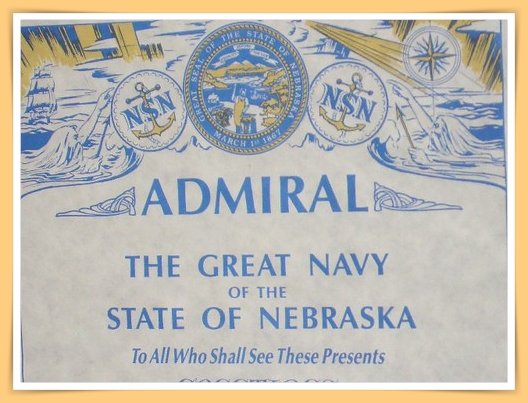About...
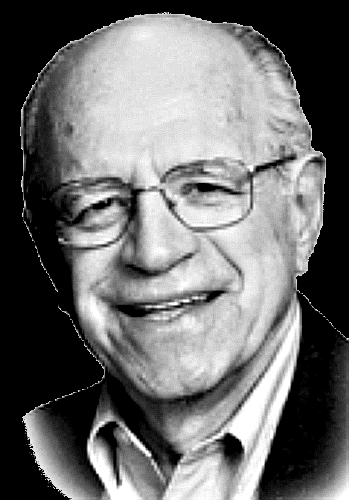
Robert N. Manley
Born: 2/23/1928 Neillsville, Wisconsin
Died: 10/22/2008 Lincoln, Nebraska
Buried: Hoyt Cemetery, Hoyt, Kansas
Robert “Bob” Manley, who had never even witnessed the Great Plains until the age of 22, quickly developed a love for the open country, its people and its history. The young man who came out from Chicago to play baseball experienced life in Kansas and within a year was teaching in Nebraska. Eventually he became one of the most prominent historians and promoters for his adopted state.
He began his high school teaching career in Belleville, Kansas before proceeding into McCook, Osceola, and Seward, Nebraska. Manley was accredited the “Outstanding High School Teacher” title in the state of Nebraska following his building reputation in 1958.
Just a year later, in 1959, Manley earned his MA at the University of Nebraska priming him to earn his PhD in History three years after.
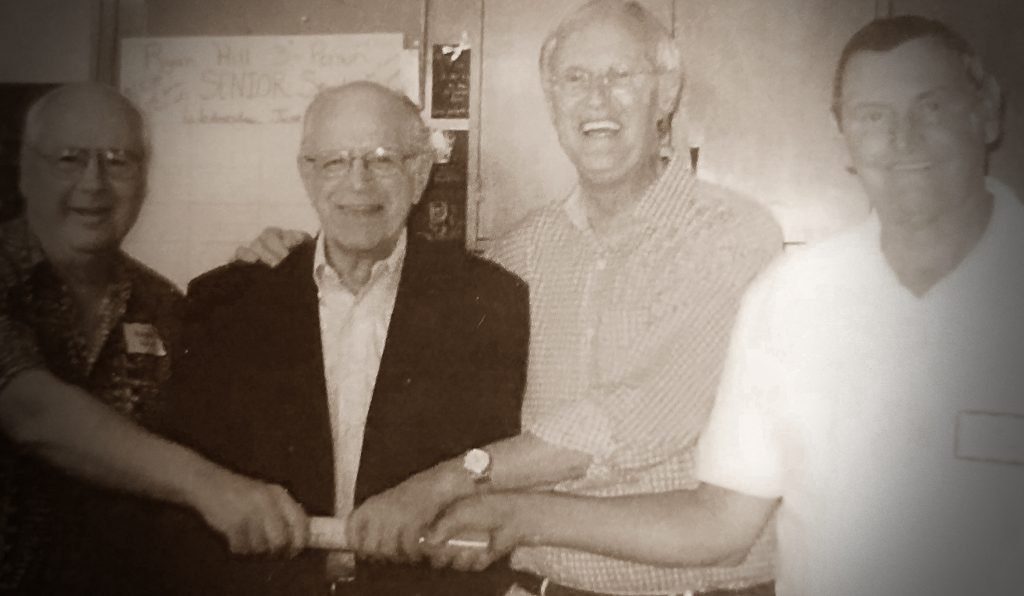
ln 1962, he was a professor teaching Nebraska History at the University. With such a growing popularity on campus and with his students, Manley was named the “Student’s Professor” by the campus student organizations. As a result, his classes quickly filled up. It was a widely known fact that failure to enroll in Professor Manley’s classes early would result in having to find other classes that weren’t fulll. From the very start of his teaching career, Robert Manley made Nebraska History enticing to his students by means of his wonderful story-telling abilities, trusty guitar and creative slideshows.
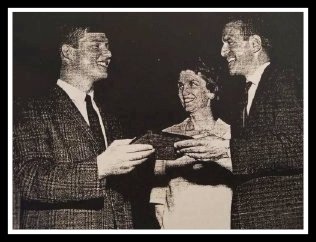
Around this time, Manley made four decisions which had profound influences on his career and legacy:
- He produced 2 ETV television shows- “Nebraska Heritage” and “Rails West”.
– It was common-practice for teachers all across the state to use his programs as his influence in his communities grew. His association with ETV lasted several years with the continued making of history programs.
Robert Manley discussing the Haumont Sod House from the 1962 NET program “Nebraska Heritage : Sod Houses
- He began traveling throughout the state presenting his unique form of history programs to various community organizations and schools.
By the time he retired in 1993, he had performed over 7000 programs and presented workshops for communities and educators alike.

- On an evening in 1965, Jim Fras, the composer of the song, “Beautiful Nebraska”, asked Dr. Manley to include his song in his unique history programs he gave across the state.
- Due to this exposure and Manley’s influence, “Beautiful Nebraska” was officially named the State Song in 1967.
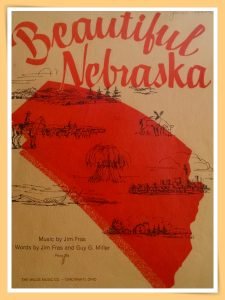
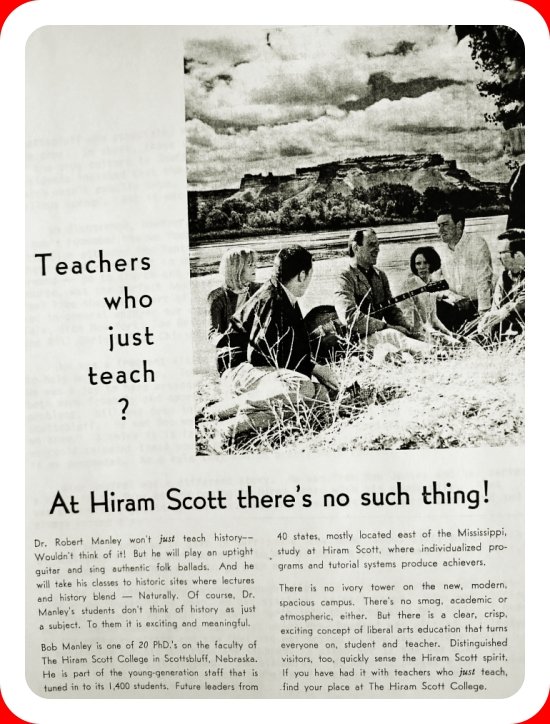
- In 1966, the University of Nebraska told Dr. Manley that in order to receive tenure he would be required to teach fewer classes and spend more time on research and publishing beyond the scope of Nebraska history. The idea that Nebraska didn’t offer enough research projects was their thought, but Dr. Manley disagreed. He chose to take a job with the Hiram Scott College in Scottsbluff, NE, where he would teach Nebraska History until 1972. Because of this decision to continue with Nebraskan History, Manley was able to continue sharing his work with the students, communities and people of the state.
After Hiram Scott College, he worked at Selection Research, lnc., in Lincoln, NE. There he produced a number of state history filmstrips and cassette packages entitled “Listen to the Land”. He also focused on writing family and state history books.
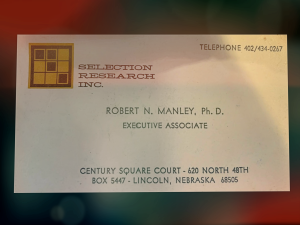
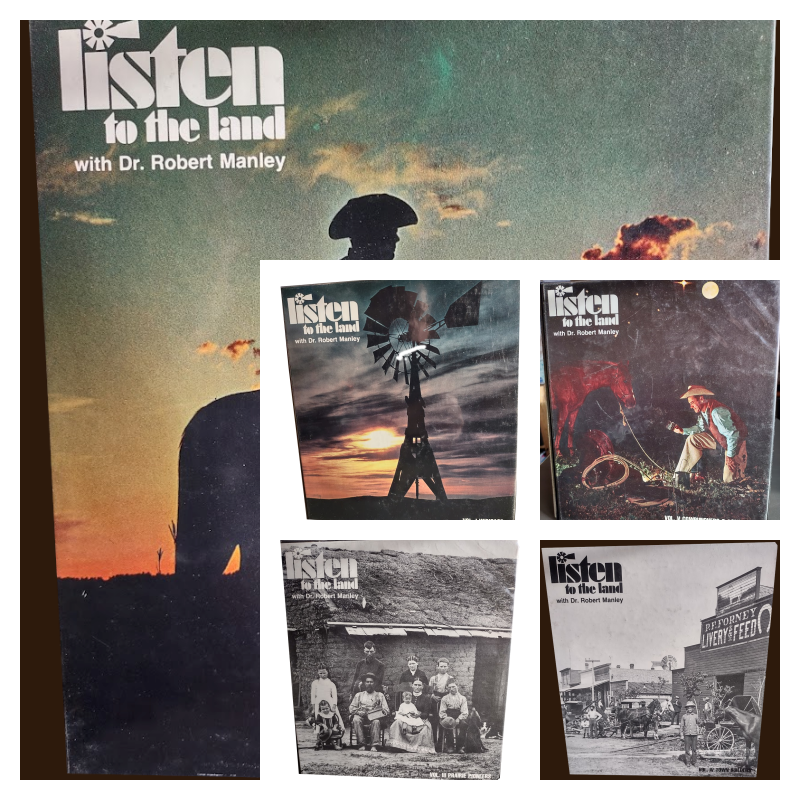
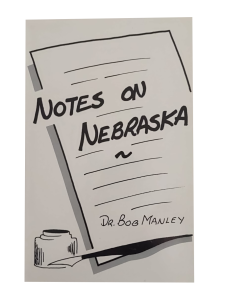
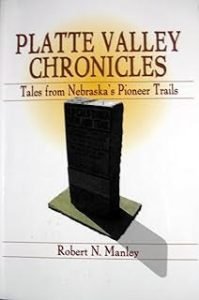
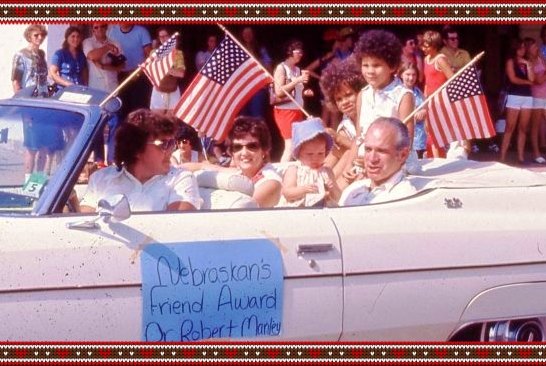
On an evening in 1965, Jim Fras, the composer of the song, “Beautiful Nebraska”, asked Dr. Manley to include his song in his unique history programs he gave across the state.
Due to this exposure and Manley’s influence, “Beautiful Nebraska” was officially named the State Song in 1967.
ln the 1990’s, he worked as the Senior Historian at The Stuhr Museum in Grand lsland, NE. At this time he wrote, “Platte Valley Chronicles; Tales from Nebraska’s Pioneer Trails”. He also created a land agent character for the museum and entertained and informed patrons while they were riding the Stuhr Railroad. ln addition, he wrote and produced “Notes on Nebraska” segments for KRGI Radio located out of Grand lsland area.
Always the ingenious professor, he later created, developed and led a rural economic development program for the Nebraska Department of Economic Development called, “Community Builders.” The program was not only effective and successful in rural Nebraska but also in Australia. The South Australian Office of Regional Development published a handbook entitled, “An Initiative of the South Australian Office of Regional Development”.
Dr Manley identified the two types of leadership within communities – formal leaders representing a community, and those community ‘mover shakers’ often without formal links but nevertheless the people who make things happen within communities. He believed communities needed both types of leadership. ln particular, he advocated the need for special leadership development experiences for the latter group – whom he called “community builders”.
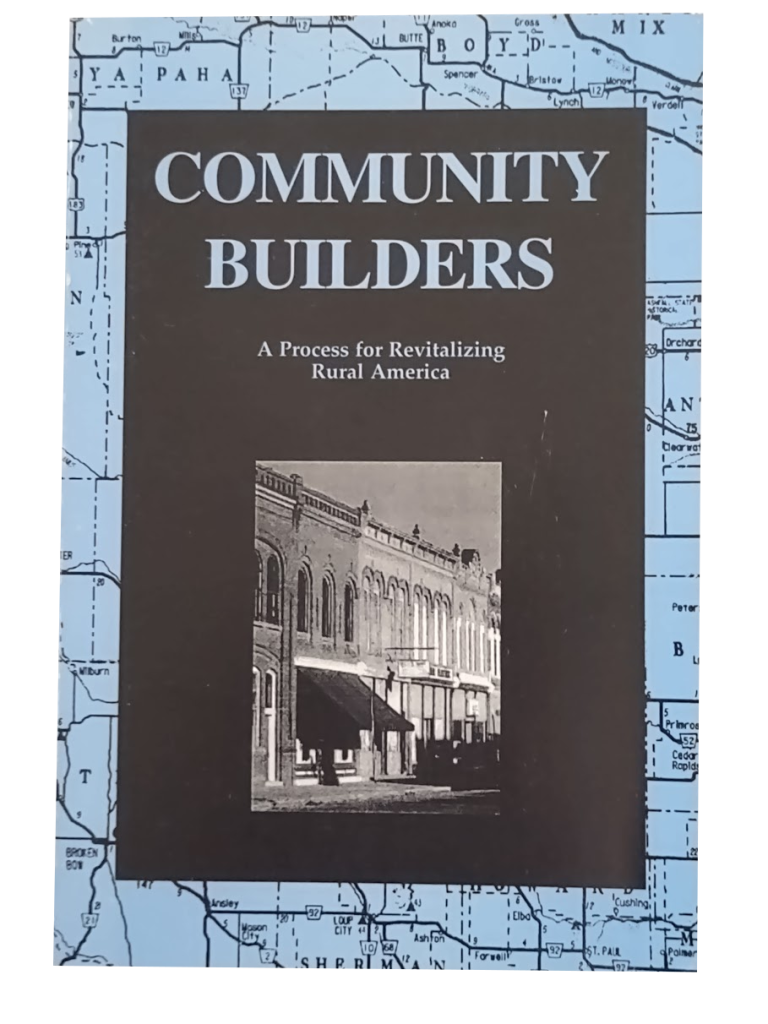
When Dr. Manley retired in 1993, he left a legacy of humility, integrity, humor, compassion, and a love for his state as witnessed by the thousands who saw his history programs, watched or listened to his tv and radio shows and his personal connections with the people of Nebraska.
When he passed away in 2008 the McCook Gazette published the following:
“Dr. Robert Manley was an institution in Nebraska culture. Saturday, October 25, 2008, Dr Manley sadly passed, leaving behind a legacy. “Beautiful Nebraska,” “Little Old Sod Shanty on My Claim,” and dozens of other songs were among Dr. Bob Manley’s repertoire, now forever silent.
Baby boomers of a certain age probably remember enjoying Dr. Manley’s work as much for being able to watch television at school in those pre-VCR days os for the material he presented.
The musical call of a meadowlark opened his “Nebraska Heritage” show in the 1960s, which featured broadcasts filmed on location around the state, and another Nebraska ETV series “Rails West,” explored the key part the railroad played in Nebraska’s early history.
Early this year, we asked our readers to send Dr. Manley a card for his 80th birthday, which generated another story and solved a mystery about a long-lost interview with Sen. George Norris’ widow, Ellie, in 1970.
ETV officials claimed to have never heard of the interview, but when former Norris House attendant Duane Tappe informed Manley a copy was available courtesy of MPPD, Dr. Manley was relieved.
“Thanks for proving thot I haven’t lost all my morbles,” Manley wrote to Tappe last March.
It wasn’t Manley’s first contact with McCook; he appeared at a Buffalo Commons Storytelling Festival, and even taught English and history at McCook High School early in his career.
A graduate of Elmhurst College in his native Chicago, he moved to Belleville, Kan., to play semi- pro baseball for two years.
Could he have played the McCook Cats semi-pro team? We’re still researching that. (Side Note: Yes, he did.)
He went on to teach at the University of Nebraska-Lincoln and Hiram Scott College in Scottsbluff. His classes were usually full.
He worked at the Stuhr Museum from 1980 to 1986, giving him material for his 1985 book “The Town Builders” about the settling of 1880s Central Nebraska.
It’s sad to lose an institution like Dr. Robert Manley, but reading about his work tempts us to head to the library to see what we can rediscover. What better legacy could there be for one of Nebraska’s great storytellers? Enough said… “
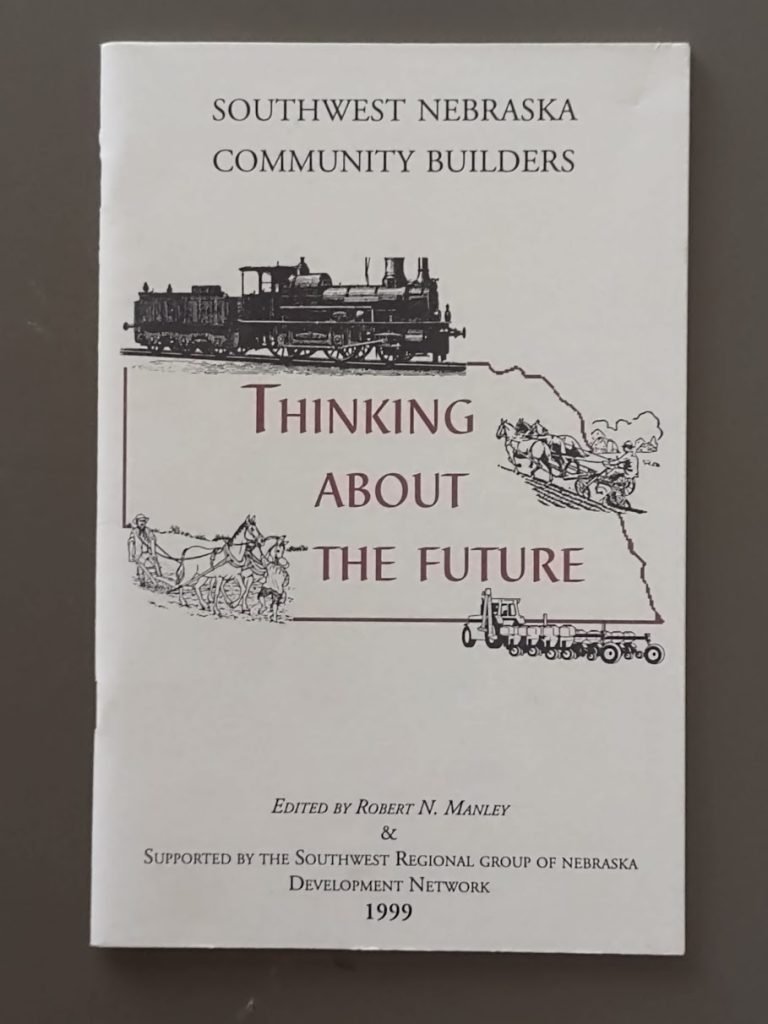
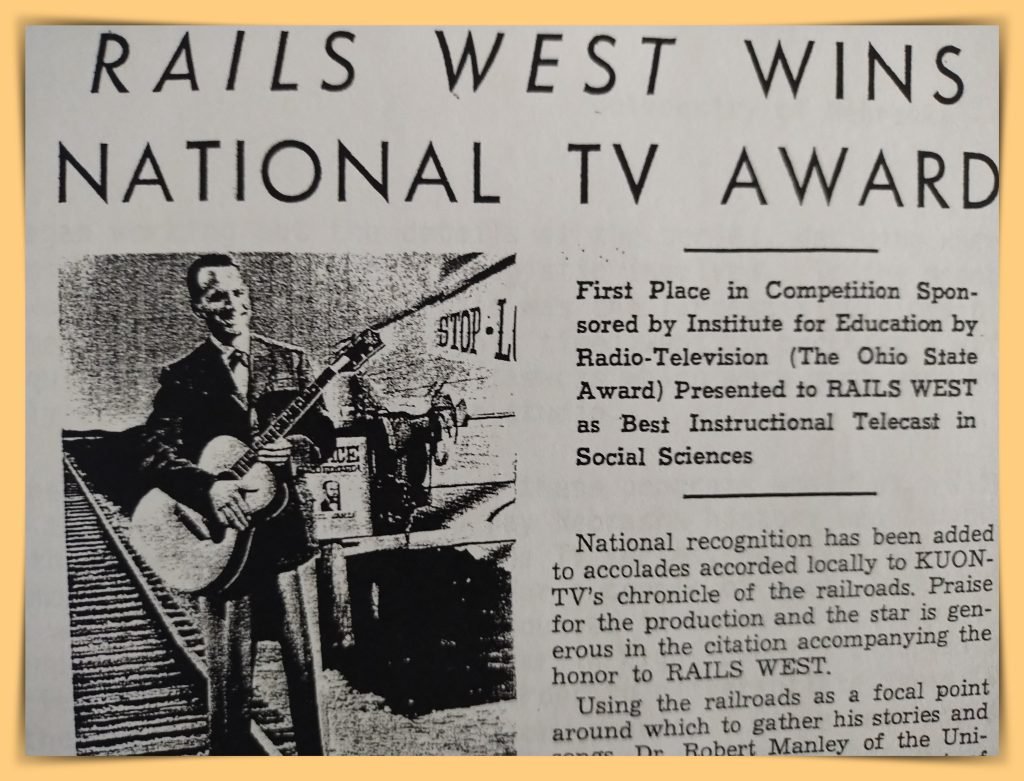
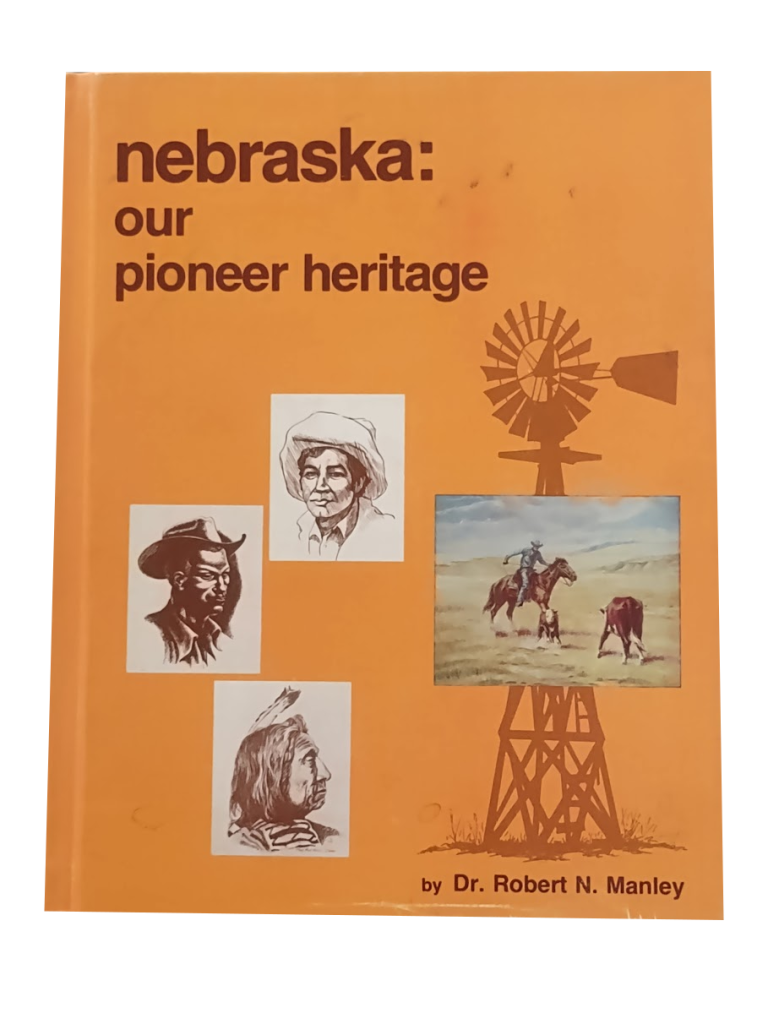
Honors
-
Who’s Who Among Students in American Universities and Colleges, 1949-50.
Admiral of The Great Navy of the State of Nebraska
Outstanding Nebraska High School Teacher , 1958
Recipient of Student Professorship Award, University of Nebraska 1962
Distinguished Teacher Award, Hiram Scott College, 1967
Henry Fonda Nebraskan Award, 1982
Sower Award in the Humanities, 1988
Nebraska 150 Books honor for Platte Valley Chronicles, 2017
